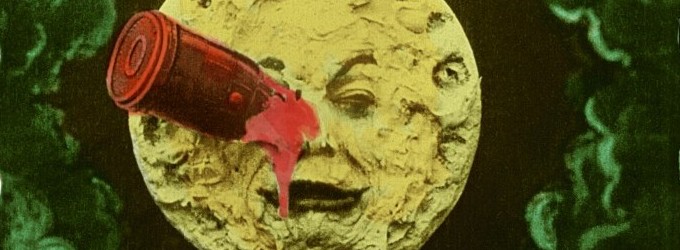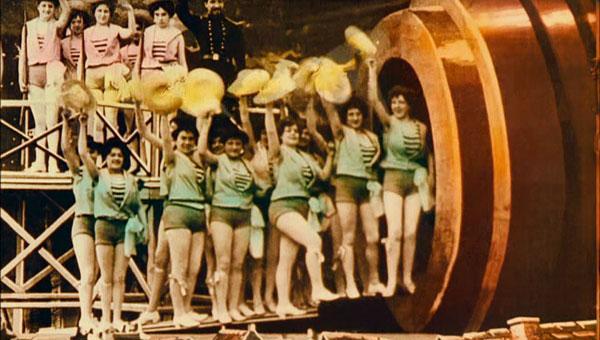 This slice of film geek nirvana charts the attempts to restore a colour version of Georges Méliès’ A TRIP TO THE MOON, one of the greatest and most influential films from the silent era, whose DNA can still be found in the movies of today. Shown at the Cambridge Film Festival alongside the fully restored version of the Jules Verne-inspired science-fiction fantasy, it’s a fascinating story.
This slice of film geek nirvana charts the attempts to restore a colour version of Georges Méliès’ A TRIP TO THE MOON, one of the greatest and most influential films from the silent era, whose DNA can still be found in the movies of today. Shown at the Cambridge Film Festival alongside the fully restored version of the Jules Verne-inspired science-fiction fantasy, it’s a fascinating story.
Beginning with an introduction to the director himself and how he got involved with cinema during its infancy (he was present at the legendary first public screening of the Lumière brothers’ films in Paris on 28 December 1895), the documentary quickly establishes Méliès’ stylistic approach. It was initially just another way for him as a stage magician to broaden his repertoire, but he quickly realised its potential. He famously invented the stop trick when his camera jammed while filming the streets of Paris, and this led to other neat tricks of the trade like double exposure, allowing him to appear multiple times within the same picture.
… they had to be individually hand-painted, making each print far more expensive than a regular black-and-white one …
Serge Bromberg and Eric Lange’s film explores both the magic and limitations of Méliès’ work. The theatricality inherent in his movies – affectionately dubbed “moving paintings” by one interviewee – gave them an innocence and charm all of their own. This was a blessing and a curse however, for while his wild imagination continued down the same road for many years, cinema as a medium rapidly evolved and audience expectations changed with it, leaving poor Georges far behind.
The quest for a colour print of A TRIP TO THE MOON – so rare because they had to be individually hand-painted, making each print far more expensive than a regular black-and-white one – is interesting in itself. One print tracked down in Spain was considered unusable due to damage, yet with years of patience and careful work, it yielded surprising results. The finished product is worth the trip alone. It might not be the most polished documentary on the block, but its engaging approach and range of contributors (including Jean-Pierre Jeunet, Michel Gondry and Michel Hazanavicius) make it accessible and appealing to anyone with an interest in cinema.

